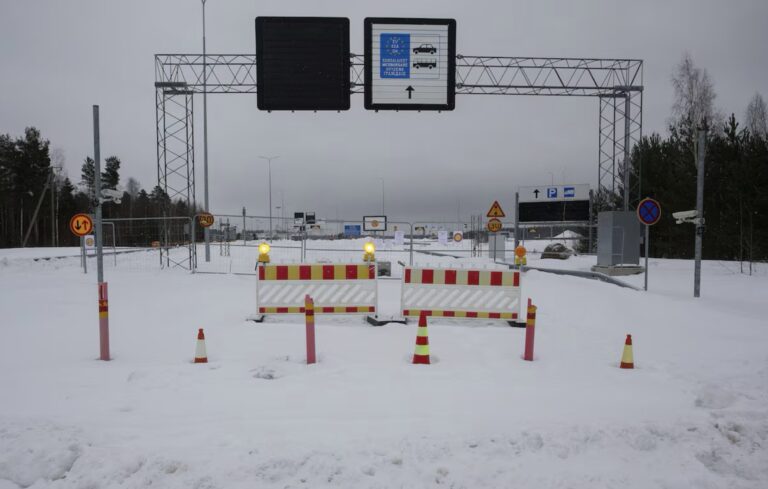A small but vocal group of politicians and public figures in Finland, some with Russian citizenship or familial ties to Russia, are actively pushing for the reopening of the Finnish-Russian border. While framed as humanitarian or economic advocacy, the movement raises serious questions about foreign influence, possible links to Russian intelligence, and long-term risks to Finland’s security and societal cohesion.
1. Background: Border Closure and the Geopolitical Context
- Following Russia’s full-scale invasion of Ukraine in 2022, Finland drastically reduced border traffic and closed crossings with Russia, citing security concerns.
- These measures were strengthened after hybrid pressure tactics by Moscow, including migrant weaponizationand intelligence provocations along the border.
- Finland’s entry into NATO in 2023 has further elevated tensions with Russia, transforming the border into a strategic flashpoint.
2. Key Actors: Who Are the Politicians Advocating Border Reopening?
a) Johan Bäckman (far-right activist with pro-Kremlin views)
- Not formally a politician but influential in anti-Western circles in Finland. Publicly supports Russia, has been convicted in Finland of harassment.
- Alleged links to Russian GRU narratives, often appears in Russian state media.
b) Valentina Vassilyeva (local politician, dual citizen)
- Holds Russian citizenship, previously engaged in civic initiatives advocating “peaceful neighborly relations.”
- Supported Russian cultural outreach and “compatriot” narratives in eastern Finland.
- Known for lobbying local councils to resume cross-border trade and tourism, allegedly ignoring broader security dynamics.
c) Irina Vartiainen (Green-aligned former municipal council member in Lappeenranta)
- Ethnically Russian, vocal about human rights for Russian speakers and asylum seekers.
- While not overtly pro-Kremlin, she has appeared on Russian-language diaspora platforms known to have ties to Russian consular networks.
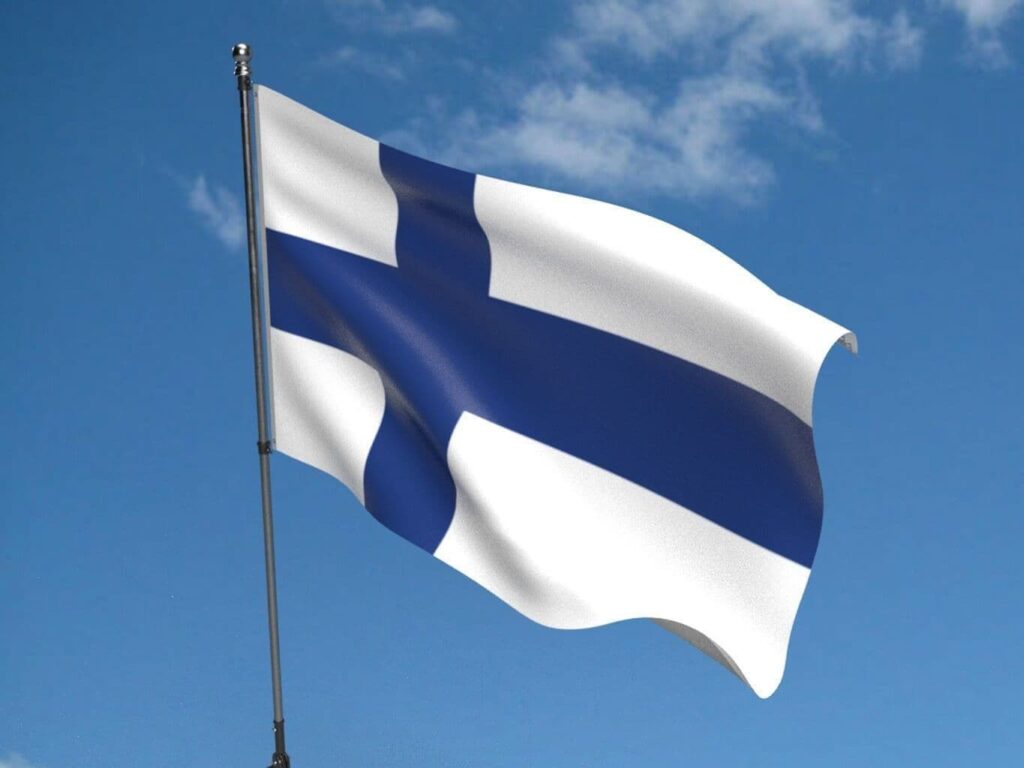
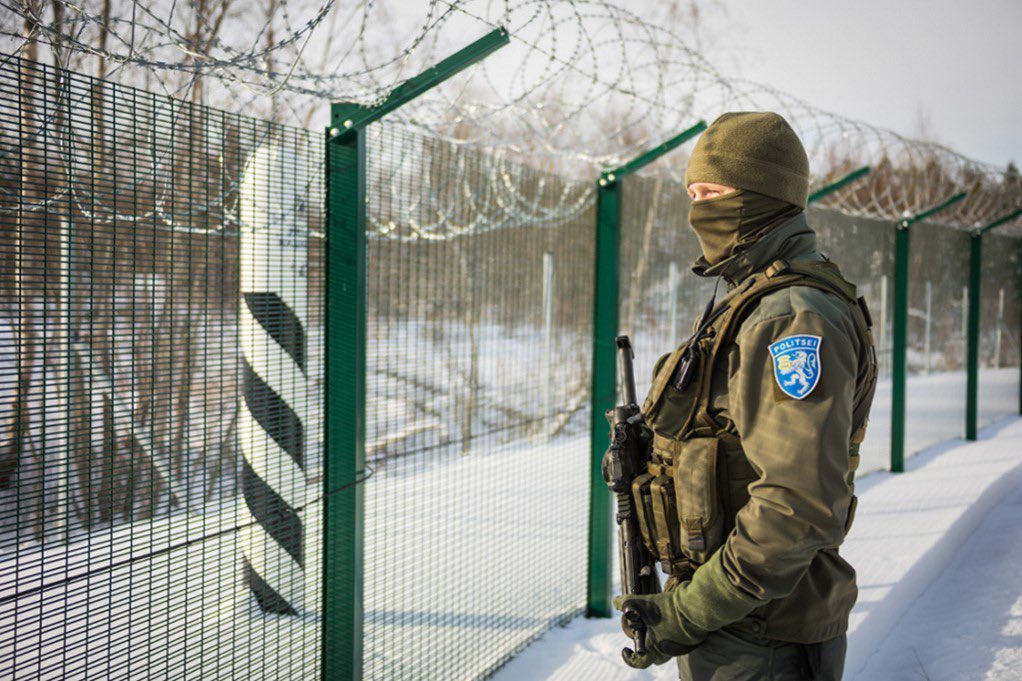
More on this story: Russia-provoked border incident in the Baltics goes to a higher level
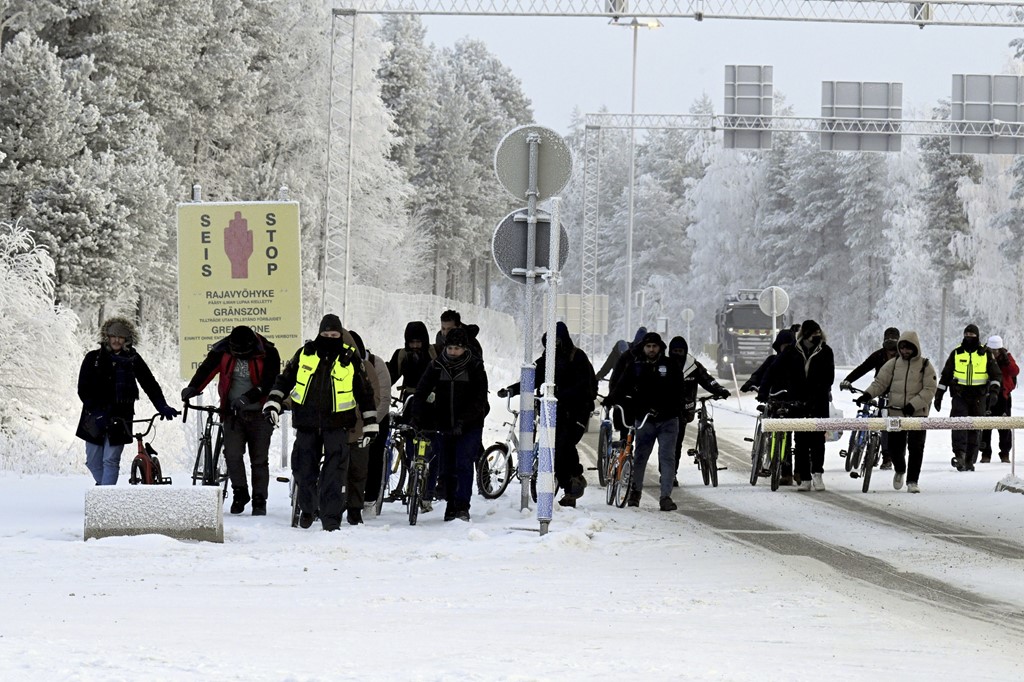
More on this story: NATO is challenged: Russia starts hybrid operations on the Finnish border
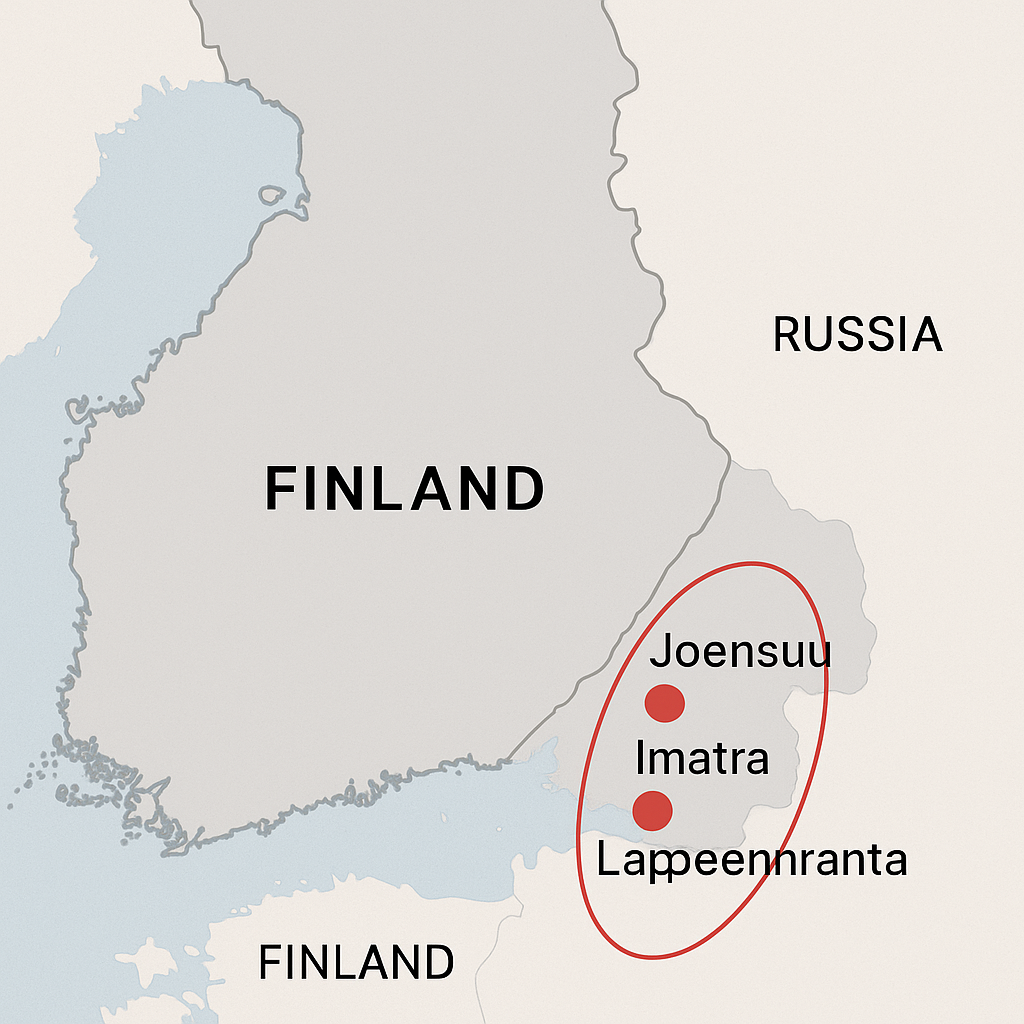

3. Are They Linked to Russian Intelligence Services?
While direct evidence is limited or classified, the following indicators raise red flags:
- Repetition of Kremlin narratives: including calls for “peaceful coexistence,” criticism of NATO, and painting Russia as unfairly isolated.
- Engagement with Russian diplomatic personnel: including attendance at events hosted by the Russian Embassy in Helsinki.
- Presence in Russian state or diaspora media: some have appeared on RT or Sputnik, which are tools of Russian information warfare.
- Use of “compatriot protection” rhetoric: aligned with Russian foreign policy doctrine used as a pretext for influence in post-Soviet and Nordic regions.
According to Finnish security services (SUPO), Russia maintains active interest in influence operations, particularly through soft-power channels and dual nationals in politically sensitive areas.
4. Why Are They Pushing to Reopen the Border?
a) Economic Motives
- Many regions in eastern Finland (e.g. Imatra, Lappeenranta) relied on Russian tourism and trade prior to the invasion.
- Some actors with local political influence have business ties to hospitality, retail, or logistics sectors affected by the closure.
b) Ethno-Cultural Appeals
- Calls to maintain “human contact” with relatives and Russian-speaking populations are emotionally effective.
- Framed as protecting minority rights and avoiding xenophobia—used as a Trojan horse for geopolitical softening.
c) Russian State Strategy
- Moscow wants symbolic and practical wins: reopening any Western border weakens the narrative of its isolation.
- These local campaigns serve as “test balloons” to assess vulnerabilities in Western democratic systems.
5. Risks and Consequences
a) National Security Risk
- Border reopening could facilitate infiltration, surveillance, or sabotage activities by Russian operatives under civilian cover.
- Increased movement would challenge Finnish border control and strain internal counterintelligence capacities.
b) Disinformation and Internal Polarization
- These figures often echo Russian propaganda, potentially undermining public consensus on NATO, sanctions, and support for Ukraine.
- Can inflame social tensions between ethnic Russians and broader society.
c) Precedent for Hybrid Tactics
- If successful, it sets a precedent for foreign-backed political pressure on sovereign border policy.
- Emboldens Russia to use similar tactics in Baltics, Poland, or Norway.
6. Who Stands Behind Them?
a) Russian Embassy in Helsinki
- While operating with reduced staff post-expulsions, maintains networks with local Russian diaspora, cultural groups, and sympathetic politicians.
b) Russian Intelligence Services (SVR/FSB)
- Known to exploit dual nationals, civic activists, and businesspeople to influence host countries’ policy debates.
- Hybrid campaigns often use “useful idiots” unaware of the full implications of their advocacy.
c) Pro-Russian Media Networks
- Russian-language YouTube, Telegram, and VK platforms targeting Finnish audiences have amplified calls for reopening the border.
7. Strategic Assessment and Forecast
| Dimension | Assessment |
| Political Impact | Limited nationally, but disruptive locally in border areas |
| Intelligence Concern | Medium to high—likely infiltration and narrative shaping involved |
| Public Support | Low nationally; stronger in economically hit regions |
| Probability of Policy Shift | Very low in short term; could rise if political winds change |
| Long-term Consequences | Erosion of societal consensus, risk of deeper Russian penetration |
8. Recommendations for Finnish and EU Authorities
- Monitor diaspora activism more closely and assess funding sources;
- Increase counter-disinformation efforts in local languages, especially in eastern Finland;
- Promote alternative economic support for border communities to reduce economic dependence on Russia;
- Maintain clear strategic communication about the reasons for the closure and ongoing risks;
- Coordinate with NATO and EU security services on mapping cross-border influence campaigns.
While framed in humanitarian or local economic terms, the campaign to reopen the Finnish–Russian border is part of a broader Kremlin hybrid playbook. Finnish authorities must remain vigilant, understanding that what appears to be grassroots activism may mask deeper intelligence and geopolitical agendas aimed at destabilizing NATO’s northern flank.The Finnish–Russian border is not just a geographic boundary but a fault line in the contest between democratic resilience and authoritarian subversion. Politicians and activists advocating to reopen this frontier must be scrutinized—not just for what they say, but for whose interests their campaigns ultimately serve.


